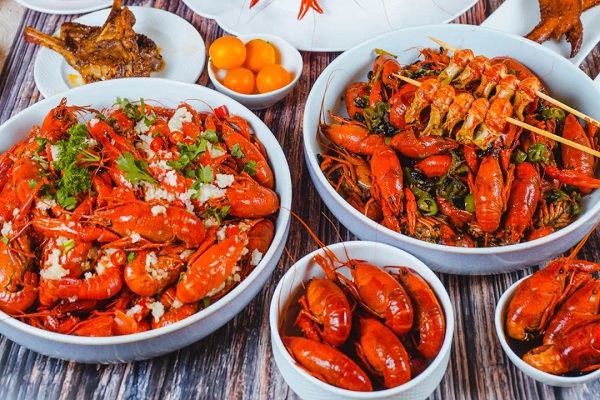World Expo Museum
The World Expo Museum in Shanghai is the only official museum and documentation centre in the world entirely dedicated to expos and is authorized by the Bureau International des Expositions (BIE).
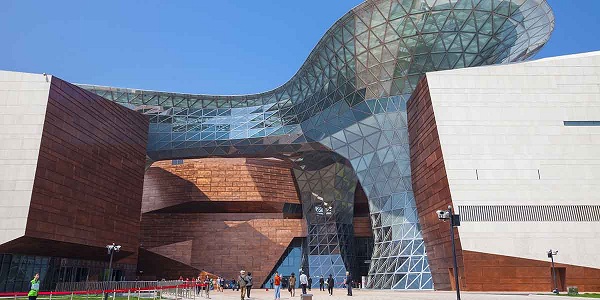
World Expo Museum. [Photo/expo-museum.org]
Dedicated to the history of expos since the Great Exhibition in London in 1851, the museum is the result of a cooperation agreement between the BIE and the Shanghai Municipal People's Government.
The museum showcases the history, creation and themes of international expos (world expos, specialized expos, horticultural expos and the Triennale di Milano). It also highlights their historical impact, their physical significance, and their dreams for the future, with the purpose of "inheriting the expo legacy and retaining the essence and continuation of the world expo effect".
Here are some of the treasures collected in the museum.
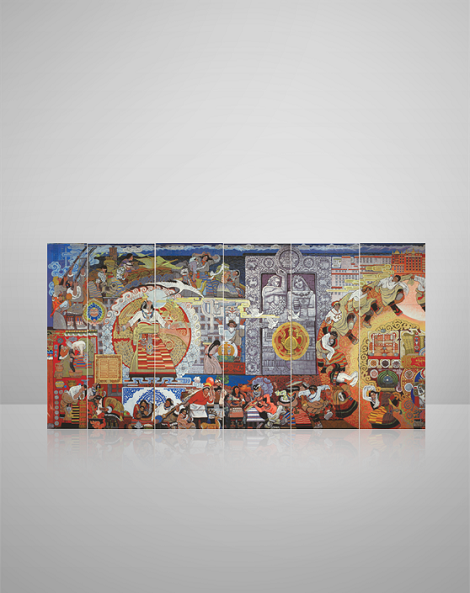
Tashi Delek – Merry Tibetan New Year
The mural Tashi Delek – Merry Tibetan New Year in the Tibet Pavilion of Expo 2010 Shanghai China was created based on the mural of the same name in the Tibet Hall, Great Hall of People in Beijing. Both the colors and expressions of the mural rival those of the original. The painting, which is set against the background of the Potala Palace, snow-capped mountains, auspicious clouds and a river, expresses the theme of families getting together and celebrating the Tibetan New Year.

Jili silk
Nanxun ancient town in Huzhou, Zhejiang province, is reputed as the hometown of "Jili Silk". At the first World Expo held in London, the United Kingdom in 1851, Xu Rongcun, a Shanghai businessman mailed a dozen packages of "Rong's Huzhou Silk" to display in the exhibition and won the first World Expo Gold Award for China.

The first Portuguese Chinese dictionary in the world (replica)
The first Portuguese Chinese dictionary was compiled by two Jesuits, Michele Ruggieri and Matteo Ricci, between 1583 and 1588. The dictionary includes over 3,000 entries in different fields such as theology, navigation, nature, business, and diplomacy. The original is kept in the Roman Archives of the Society of Jesus in Rome, Italy.
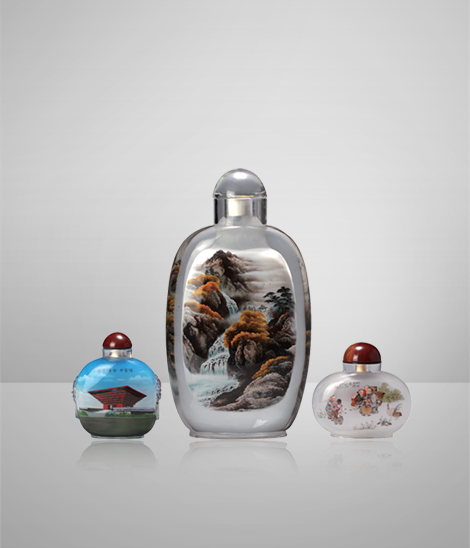
Hengshui inside-painted bottle
The inside-painted bottle is a type of Chinese artwork developed in the late Qing Dynasty (1644-1911). At first, inside-painting was used for decorating snuff bottles and gradually the bottles developed into a unique craft.
The Chinese inside-painted bottle was awarded a prize at the 1915 Panama-Pacific International Exposition and thus became famous at home and abroad.
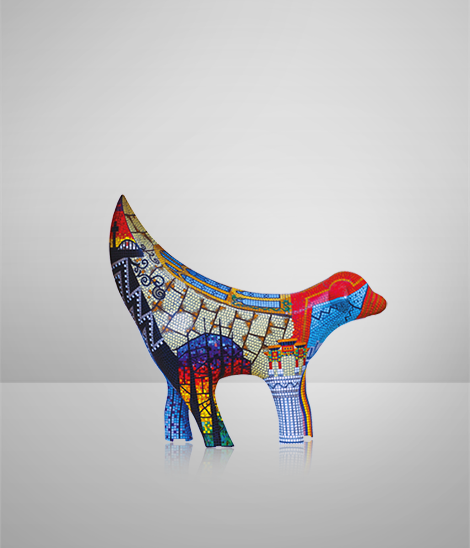
Super Lambanana
Super Lambanana, an artwork with the head of a lamb and a tail shaped like a banana, stands as the representative of Liverpool at the entrance to the Liverpool Case Pavilion of the Expo 2010 Shanghai China. Super Lambanana was created by Japanese artist Taro Chiezo in 1998. The design aimed to trigger discussion on the danger of modifying genes and the composition of foods by means of science to prolong their quality guarantee period.
Address: No 818 Mengzi Road, Huangpu district
Source: expo-museum.org

